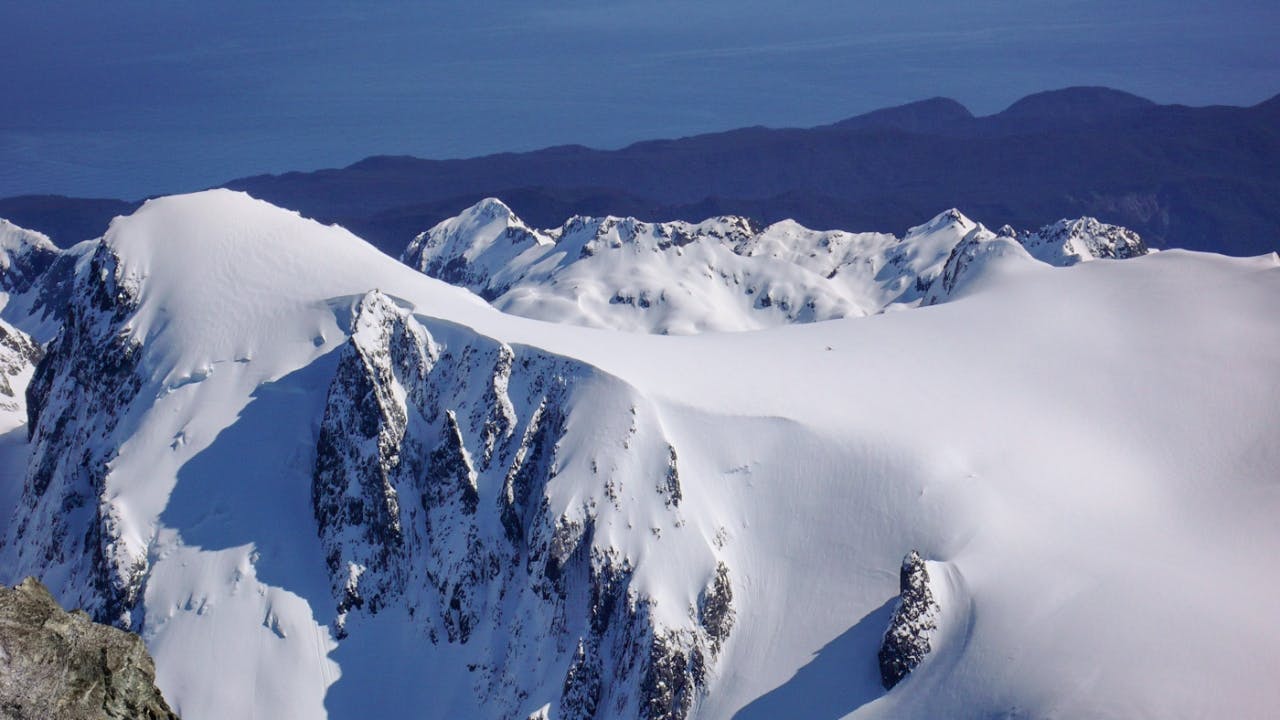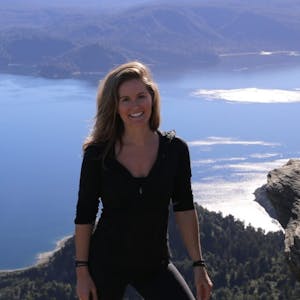DOC is increasing the daily limit of helicopter landings from 14 to 80 on the Ngapunatoru Plateau at the head of Tutoko Valley in Fiordland National Park. It’s a development which is worrying some in the tramping community.
The plateau borders the Pembroke Wilderness Area and is accessible only by helicopter or via an arduous journey in from the Hollyford Track and Glacier Creek. It’s a popular alpine climbing area of the Darran Mountains, and is also an area where heli-operators provide glacier trips for tourists.
According to DOC, the rising tide of tourists in New Zealand means the department has to look at ways of allowing more access to popular destinations. The Ministry of Business, Innovation and Employment estimates that 3.3 million people will visit New Zealand next year. Marie Long, director of planning and permission for DOC, said it “can’t turn a blind eye” to the added pressure for more tourism opportunities, which she says is coming largely from Chinese tourists.
“How do we cater for that and still be reflective of national park plans? It’s a difficult place to be,” Long said.
DOC’s solution is to allow for more landings each day – on a trial basis. For the next year, It will be collaborating with all interested parties – recreation groups, the aviation sector, and land management/conservation boards – to monitor the impact of the increase. Long said DOC may do aircraft noise assessments if it can find the right tool to use in such a remote environment.
Christine Pounsford of Te Anau is a member of the Fiordland Tramping Club and is “appalled” at the proposal. “It affects climbers significantly, but also trampers or others using the [Tutoko] valley are just as harrassed by either overhead helicopter activity or landings,” she said. “It’s one of the few places you can count on to be able to access backcountry wilderness with a real sense of connection with the surroundings and nature.
“It’s good revenue for the helicopter operators, but a big sacrifice for the rest of us for nil return.”
There are currently eight helicopter companies with concessions to land on Ngapunatoru Plateau. The rate for a glacier visit from Milford Helicopters is $375 per person. Owner Jeff Shanks says his current limit of two landings a day in the busy season is not enough. “There’s a big demand for it nowadays,” Shanks said, adding that he’s never heard any complaints from the climbing community in that area. He points out that some of the climbers are also his clients, who rely on helicopters not only for access, but also for peace of mind from a safety perspective.
Jaz Morris has taken helicopters for climbing trips in the past and says he values the access they provide, but he’s also experienced first-hand how disturbing they can be after a hard climb. He scaled Tutoko in October 2011, and opted to get there by foot. After two days of “hard” tramping, he and his friends climbed the South Face of Mt Tutoko. Morris said the tranquility of the remote summit was swiftly broken by a helicopter landing on the ice plateau just below his perch on Tutoko.
“The presence of climbers, hunters and trampers does not detract from the experience of others in the hills,” Morris said. “But the presence of helicopters does.”
He said rather than boost the number of helicopter landings each day, he’d like to see DOC better funded in order to avoid the pressure for tourism dollars.
“DOC needs to be better funded by central Government in order to reduce the tendency for cash-strapped managers to jump at any extra concession dollar they see that might make it easier for them to maintain their vital conservation and recreation services.”
However, Chris Roberts from the Tourism Industry Association said there’s a growing recognition of Ngapunatoru Plateau as one of the highlights of New Zealand. He said the noise concern is blown out of proportion and commended DOC for increasing the limit: “DOC does end up in the firing line, but it does a good job trying to balance conservation and tourism.
“It’s part of [DOC’s] mandate to encourage New Zealanders and visitors to experience the outdoors. They balance it all up and try to find a middle ground.”






